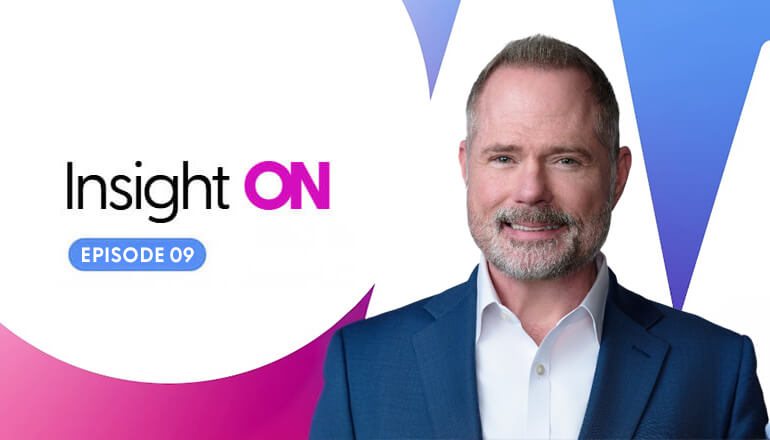Article 5 Tips for an Effective GRC Strategy
5 Tips for an
Effective GRC Strategy
By Insight Editor / 12 May 2025 / Topics: Compliance Cybersecurity
Poorly executed GRC activities not only leave you vulnerable — they can impact every facet of your business. Here are five tips for staying compliant and secure.
In addition to leaving your organization open to vulnerability, poorly executed Governance, Risk, and Compliance (GRC) activities can lead to a host of additional challenges, including complexity, higher costs, reduced performance, limited visibility, and fragmentation.
A well-executed GRC framework unifies every part of the equation, but it can be difficult to navigate evolving regulations and frameworks. Not sure where to start? These five tips will help you mitigate risk and develop an effective GRC strategy.
1. Assess your risk
Conducting a risk assessment within your organization enables the effective management of potential threats by identifying your highest-risk areas. This process involves identifying and cataloging all information assets, including data, to pinpoint vulnerabilities and evaluate risk mitigation strategies. By doing this, you’ll effectively identify and implement solutions that minimize risks to your data and critical assets, which would significantly impact your business in the event of a cybersecurity incident.
2. Create a prioritized strategy
Once you’ve completed a risk assessment, you can develop a prioritized roadmap that focuses resources where they’ll yield the highest risk reduction. By strategically aligning with GRC frameworks, you’ll ensure that your most critical assets are protected first — all while adhering to regulatory requirements and industry standards. This approach not only maximizes resource efficiency but also enhances your organization’s overall security posture — demonstrating a commitment to maintaining robust cybersecurity in a dynamic threat landscape.
3. Execute and evaluate
A fundamental piece of ensuring compliance with regulatory requirements is the effective planning and execution of a security strategy. By meticulously identifying and implementing necessary governance and technologies, you’ll align security measures with industry standards and reduce the risk of noncompliance.
Establishing clear metrics to evaluate these measures further enhances your monitoring and reporting capabilities, which can aid in demonstrating regulation adherence. This structured approach not only enhances your security posture but fortifies your standing in the eyes of regulatory bodies.
4. Detect and respond
Automated detection and response capabilities enable the swift identification and mitigation of potential threats. With automated solutions, you’ll ensure continuous monitoring and adherence to regulatory requirements while minimizing manual intervention. This seamless integration enhances the efficiency of security operations and bolsters your overall security posture — underscoring a proactive approach to risk management and a commitment to maintaining robust cybersecurity standards.
5. Advance and adapt
Your GRC strategy should be a reiterative process, evolving alongside resources and attack methods. Continual enhancements based on up-to-date metrics and expert insights will ensure that what is effective today remains effective tomorrow.
The GRC triangle
Consider GRC as a foundational framework for achieving compliance and enhancing security posture. In addition to the tips above, there are three fundamental pillars of GRC success to keep in mind:
- Defense in depth: Continue to mature your GRC tactics. A defense-in-depth strategy leverages multiple security measures to protect assets — and the more mature your defenses are, the more difficult it is for threat actors to access your system in the first place. Imagine a car in a crowded parking lot: Would a thief go for the unlocked car, or the locked car with an alarm? Don’t be an easy target.
- Accountability: Security does not work without people. You may have the best technology or the best practices — but if you don’t have the right team to design, build, and manage these technologies in alignment with your policies, you could become vulnerable and noncompliant.
- Visibility: Organizations must have visibility into their assets, potential threats, and misconfigurations to manage risk effectively. A well-executed GRC framework will offer complete threat visibility.
For decades, our security teams have helped organizations globally manage security, risk, and compliance. Whether you’re looking to develop a GRC strategy from the ground up or refine current processes, our expansive GRC consulting services are here to help.
Simplify compliance and strengthen your defense. End-to-end security starts with Insight.



